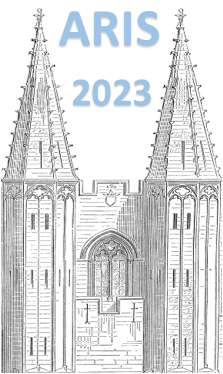Orateur
Description
The neutron-rich unstable nuclei in the vicinity of neutron magic numbers are relatively well studied, far from the stability lineup to the neutron magic number N = 82. However, for the neutron-rich nuclei to the south of 208Pb, there is limited knowledge of the excited states of these nuclei. This arises from the difficulty in producing these nuclei using conventional methods. Even for nuclei that have already been produced only limited information is known. The recent multi-nucleon transfer reaction showed promising results with several orders of magnitude larger cross-sections than those for fragmentation reactions.
A new experiment was carried out at GANIL to explore these isotopes of interest using multi-nucleon transfer reactions of 7MeV/u 136Xe beam and 198Pt target. Large acceptance VAMOS++ magnetic spectrometer and AGATA Ge tracking array were used to measure excited states of nuclides of interest. And several new experimental techniques were implemented in this experiment. First, a second arm detector was newly installed, which is composed of a vacuum chamber and multi-wire proportional counter to measure the velocity vector of the target-like fragments. Second, four EXOGAM HPGe clover array was installed at the end of the second arm to measure the delayed gamma rays from the excited states of the produced nuclei. Finally, a new method to determine particle identification is under development using a machine learning algorithm, where energy and charge states are determined using supervised machine learning and atomic numbers are determined by the unsupervised learning method. The preliminary result of the experiment such as particle identification with the help of machine learning and gamma-ray spectroscopy neutron-rich nuclei will be presented.

